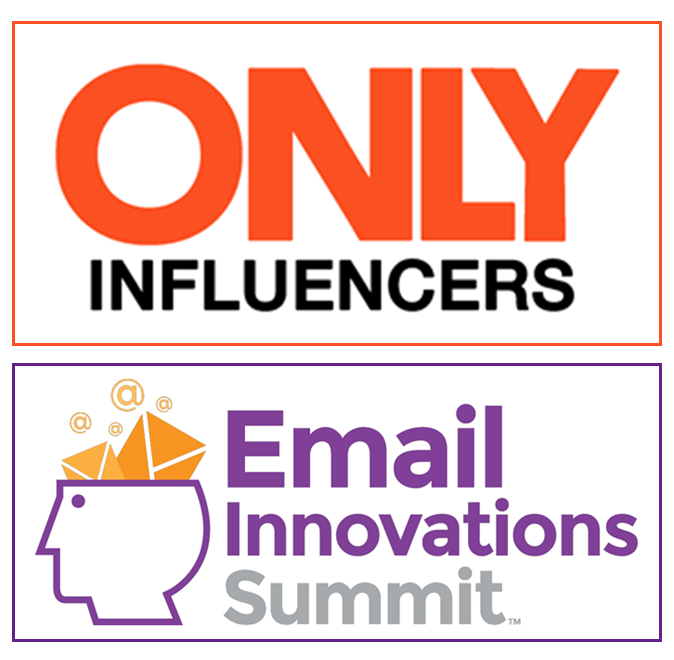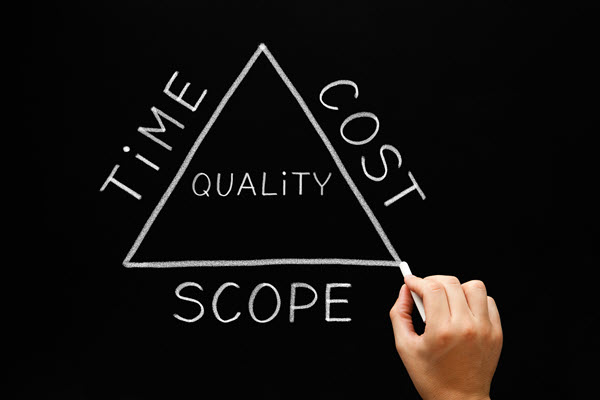Happy Throwback Thursday! This article, which I wrote, was originally published by ClickZ in January 2014, but it’s still highly relevant a year later. Enjoy!
If you’re looking for great email creative – copy and design that will motivate the reader to the action you want them to take – you need more than just a copywriter and a designer.
Recently, a colleague of mine shared a column I had written for ClickZ back in 2007 with our internal consulting team. It’s about giving more effective creative feedback. The article is an oldie but a goodie, but reading it combined with some conversations I had with a potential client made me think that best practices for working with creative teams warranted another pass.
 If you’re looking for great email creative – copy and design that will motivate the reader to the action you want them to take – you need more than just a copywriter and a designer. You need to flesh out key aspects of the campaign in advance.
If you’re looking for great email creative – copy and design that will motivate the reader to the action you want them to take – you need more than just a copywriter and a designer. You need to flesh out key aspects of the campaign in advance.
I often speak to marketers looking for creative help with email; many times what I find are marketers that need help with the strategy and tactics first. Some key questions that need to be answered include:
- What are the features/benefits/advantages of your product or service?
- What is the offer/price/incentive/call-to-action?
- For multi-effort campaigns: How many messages should we send? How much time should we allow between sends? Over what time period?
These aren’t typically things that a copywriter figures out for you; they are things that the marketing team provides to the copywriter and designer in a creative brief.
It’s okay if you, personally, can’t answer all these questions. The key is to find someone, either a person in your department or an outside consultant, who can.
So where do you start?
The features/benefits/advantages exercise is a favorite of mine. Begin by listing all the features of your product or service. Then put yourself in the shoes of your target audience: what benefit does each feature provide you? Finally, list the advantages of getting this benefit from your product rather than a competitor. For more on features/benefits/advantages, check out this other oldie but goodie article on writing creative briefs.
For the offer, print, incentive and call-to-action, I recommend looking to what’s worked in the past. Obviously, mining your past email campaigns for ideas should be your first step. After that, move onto campaigns done in other online and offline channels for ideas. If this is a new program and you have none of your own history to look to, look to the marketing done by companies with competitive or similar products.
Finally, we get to the questions on multi-effort campaigns. Many marketers seem to believe that there’s a set blueprint for multi-effort campaigns – that the key to success is the exactly right number of efforts, sent with the perfect number of days or hours between them, over the ultimate period of time. Unfortunately, that’s just not the case.
I let the message map drive how many efforts are needed. Once you’ve identified your unique selling propositions (from your features/benefits/advantages exercise) you can develop your message map. The number of efforts you need becomes very clear.
A few years back, we determined that the service a client was offering had four key selling propositions to highlight. So we decided on a six effort campaign:
- One email at the beginning, which mentioned each of the propositions, but didn’t go into a lot of detail.
- Four emails in the middle, one which covered each proposition in detail.
- One email at the end, which wrapped up the campaign and again mentioned all four propositions (but not in detail).
The time in between efforts – that’s something you need to take a stab at initially, then test to optimize. I’ve had campaigns where we send daily efforts for 5 or 10 days (the one that comes to mind was a new customer series, which was aimed at making use of an online service a habit). More usual are campaigns with weekly sends, although here I usually vary the day, so it ends up being a little more than a week between efforts.
Sometimes, the best frequency is every other week or even monthly, at least for a while. I’ve done campaigns where the time between sends varies; you might start out once a week and then go to once a month at the end. As with the number of efforts, a lot has to do with the unique selling propositions and the action you’re looking for them to take.
The same is true of the duration of the campaign. Start with past experience or your gut, then test to see how long people respond.
One final note on multi-effort campaigns: the number of efforts, time between sends and interval are rarely as important as the content when it comes to performance.
Try it yourself and see how it goes!
Until next time,
Jeanne






